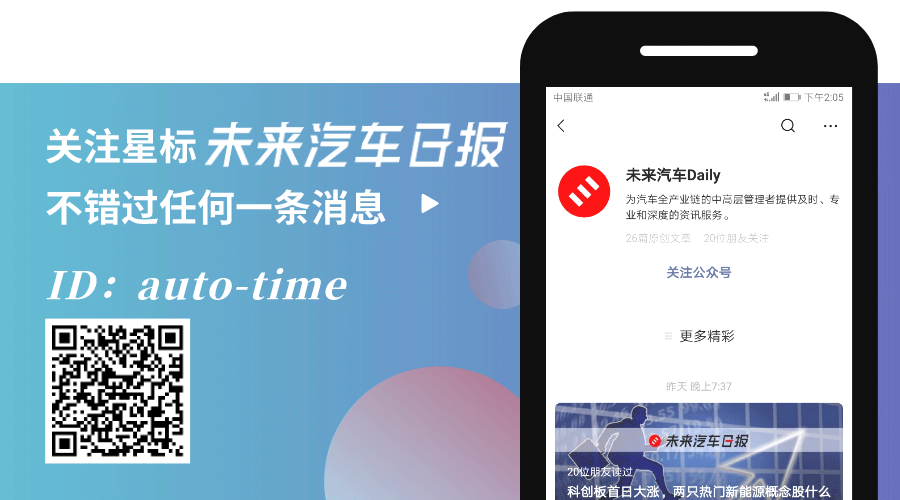The fourth plant will help Toyota’s battery capacity in China increase to 400,000 units per year.
Editor’s note: This article is from “Future Car Daily” (WeChat public ID: auto-time), author: NIU Xiao Tong.

Author | Niu Xiaotong
Edit | Liang Chen
Toy, behind Toyota in the field of electric vehicles, is accelerating the deployment of the electric vehicle industry in China.
According to Nikkei News, Japanese car battery manufacturing company Primearth EV Energy (PEVE) will establish a fourth hybrid vehicle battery factory in China. PEVE is part of Toyota Motor and is jointly controlled by Toyota and Panasonic, with Toyota holding 80.5%.
The report said that the fourth battery factory is scheduled to be completed in 2021 and is expected to produce 100,000 batteries per year. By then, PEVE’s total production capacity in China will triple, reaching about 400,000 units per year. At present, PEVE has three factories in China, of which the Jiangsu plant has been put into production, and the other two are under construction. It is expected to be put into operation next year.
Electrive thinks, Toyota plans to deploy a fourth battery factory in China, mainly due to the new rules of China’s new energy vehicle points in July. In July, the Ministry of Industry and Information Technology issued a notice on the statistics of energy vehicle points. The “low fuel consumption passenger car” whose fuel consumption does not exceed a certain standard is included in the category of mileage statistics.
This means that Toyota is best at mixingThe hybrid model will have an advantage over the pure fuel model when calculating the new energy score. Therefore, the new points regulations can also be regarded as an incentive for the hybrid model and a boost to Toyota’s layout in China.
The hybrid model once brought glory to Toyota, and it also made Toyota ignore the opportunity to develop pure electric models. Since the introduction of the first-generation hybrid car Prius in 1997, the hybrid model has been one of Toyota’s symbols, and the Prius is still the world’s highest-selling hybrid.
Today, Toyota, which had hoped to transition from hybrid power to fuel cells, has slowed down more than one shot in the development of pure electric vehicles. In the case of Volkswagen, GM, BMW and other car companies have launched pure electric models, Toyota did not show its first pure electric car until this year’s Shanghai Auto Show.
Toy, which has fallen behind, has significantly accelerated its layout of the electric vehicle industry this year. In July, Toyota announced at the same time that it had reached a cooperation with Ningde Times and BYD, and will cooperate with both in battery technology research and development and electric vehicle production.
In June this year, Toyota announced that it had advanced its sales target of 5.5 million electric vehicles from 2030 to 2025. Electrive’s point of view The cost of the battery will be a major obstacle for Toyota Motor Corporation to achieve this goal, and the joint venture between Toyota and Matsushita will help solve this problem.
—————————–
I am Niu Xiaotong, the author of the Future Auto Daily, who is concerned about the dynamics of cars and travel technology, and welcomes exchanges at any time. My WeChat is NEXT0117, please add a note name, company, position.
